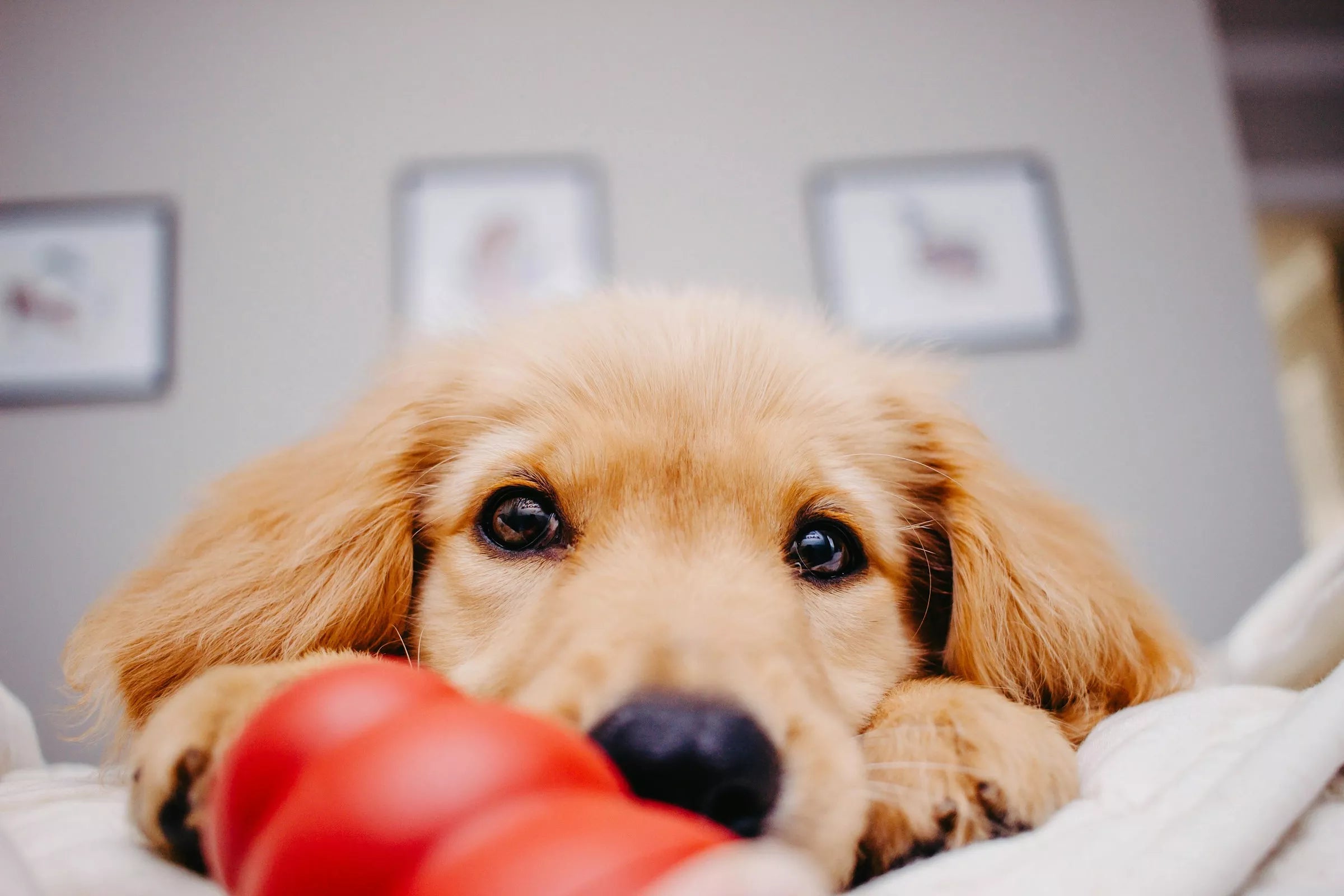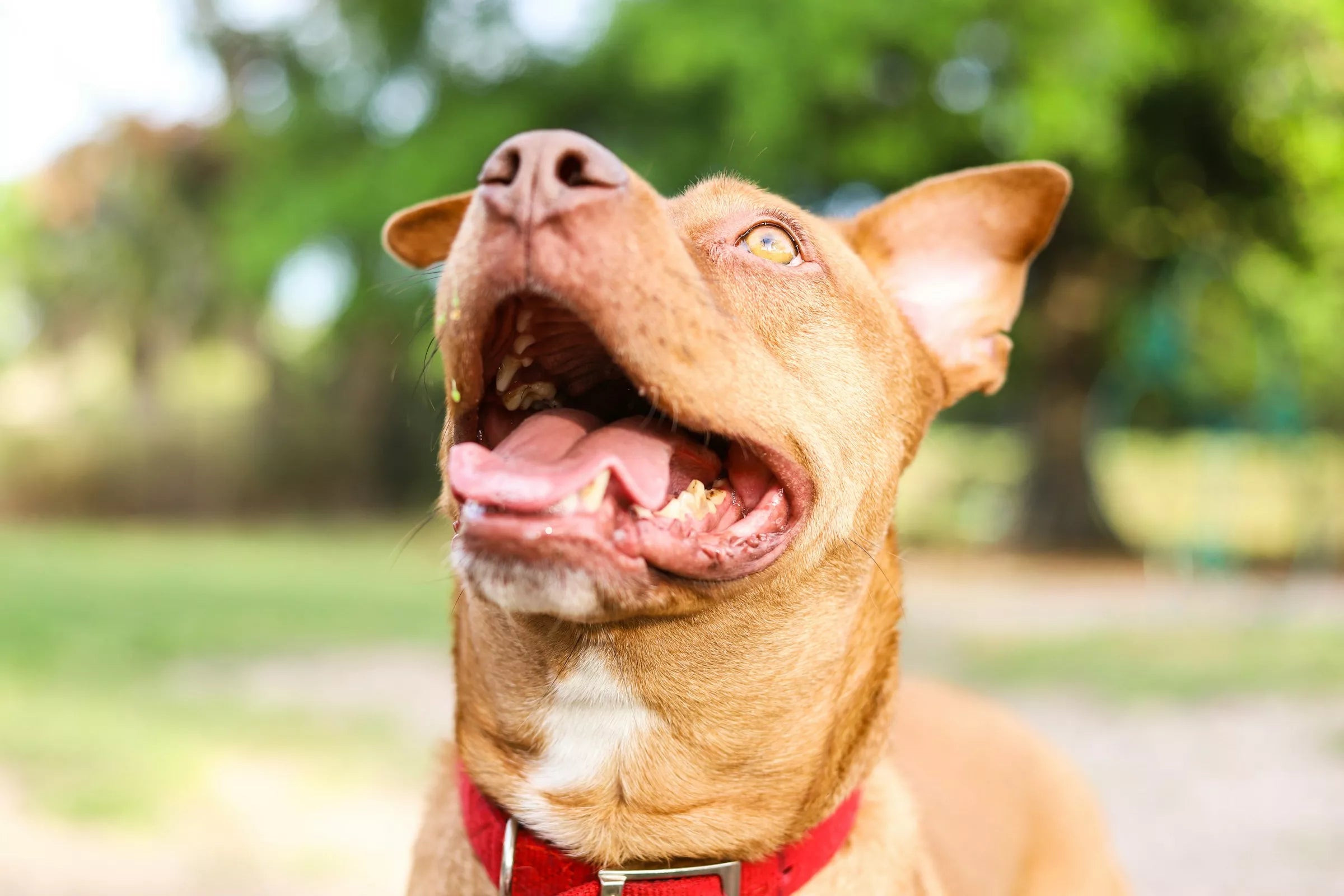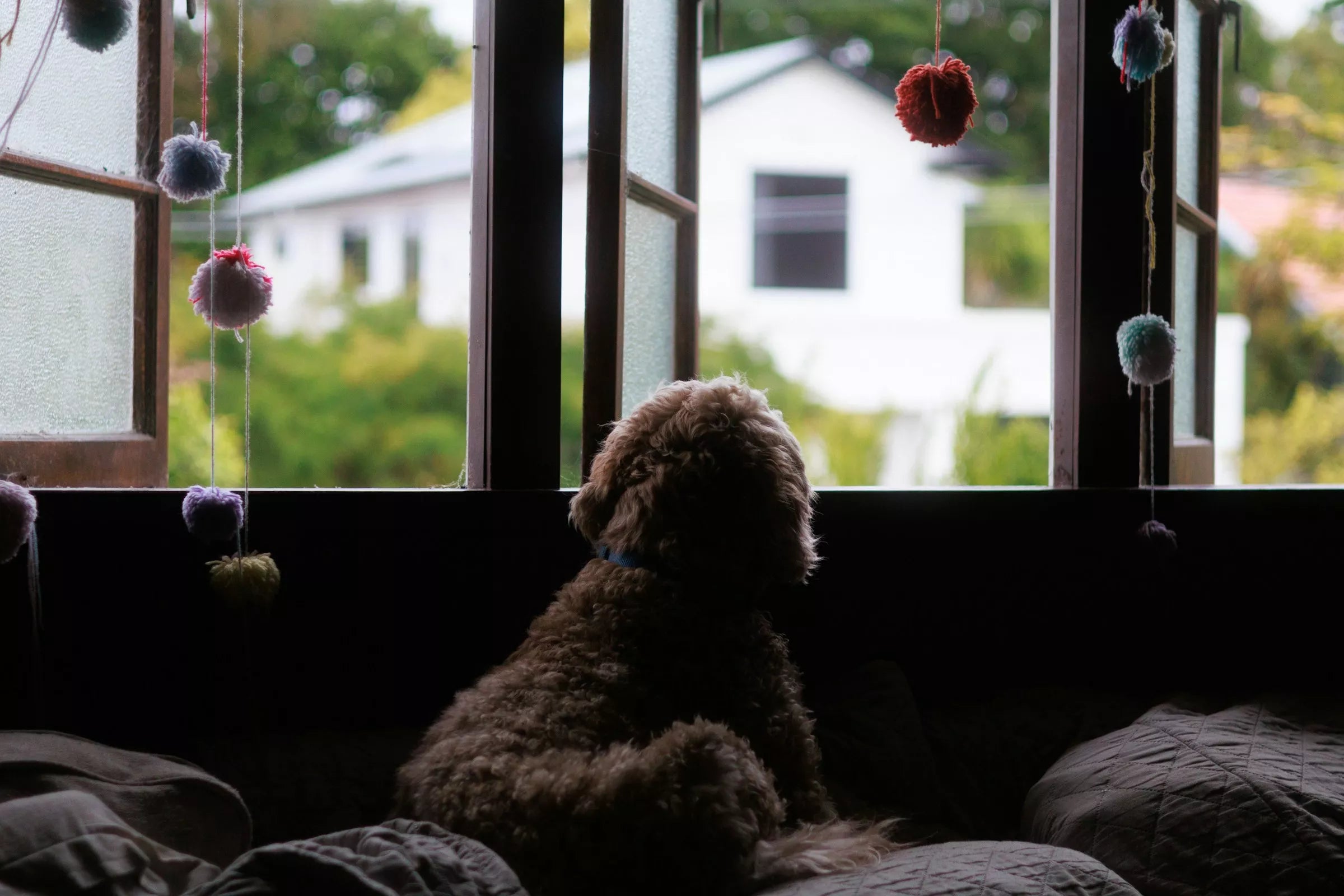Introduction
As a canine owner, it is essential to understand what your furry family member eats. Kibble, also known as dog food, is the most common dog food type. However, have you ever wondered how it's made? In this article, we'll take a closer look at the process of how kibble is made.
Ingredients used in Kibble Production
Before we dive into the production process, it's essential to understand the ingredients used in kibble production. The ingredients used are meat, grains, vegetables, fruits, and preservatives. The meat is typically beef, chicken, or lamb. The grains are usually rice, wheat, or corn. The vegetables and fruits vary from sweet potatoes to blueberries, and preservatives such as Vitamin E and C are used to ensure the kibble stays fresh.
1. Grinding and Mixing
Once the ingredients have been gathered, they are ground and mixed together. This process ensures that the ingredients are combined thoroughly and evenly distributed.
2. Extrusion
After the grinding and mixing process, the mixture is sent to the extruder, where it is heated and pressurized. The combination is pushed through a machine that creates the kibble's shape, whether it's circular or bone-shaped. The kibble is then cut to the appropriate size and length.
3. Drying
Next, the kibble is dried. The drying process removes any excess moisture from the kibble. Drying is crucial because if there is too much moisture, the kibble can develop mould, making it unfit for consumption.
4. Cooling
Once the kibble has gone through the drying process, it's cooled. The cooling process cools the kibble down to room temperature, making it safe for packaging.
5. Adding Nutrients and Preservatives
After the kibble has been cooled, nutrients and preservatives are added. These nutrients and preservatives help to provide the necessary vitamins and minerals that a canine family member needs to maintain a healthy diet.
6. Packaging
The final step in kibble production is packaging. The kibble is packaged in bags, boxes, or containers. The packaging must be airtight to ensure that the kibble stays fresh.
7. Quality Control
Throughout the production process, quality control measures are taken to ensure that the kibble is safe for consumption. The kibble undergoes regular testing to ensure that it meets the necessary nutritional requirements and is free from contaminants.
Conclusion
Kibble is a common and convenient way to provide essential nutrients to your canine family member. The production process includes grinding and mixing the ingredients, extruding, drying, cooling, adding nutrients and preservatives, packaging, and quality control measures. Understanding the process of how kibble is made can help you make informed decisions about the food your furry family member consumes.
FAQs
Is kibble the only type of dog food available?
- No, there are other types of dog food available, including canned wet food, raw food, and homemade meals. It's best to consult with a vet to determine which type of food is best for your canine family member.
My canine has allergies, what ingredients should I avoid in their kibble?
- If your furry family member has allergies, it's essential to avoid ingredients such as wheat, corn, soy, and dairy.Consult with a vet to determine which ingredients should be avoided.
Is it necessary to purchase high-end kibble for my furry family member?
- It's not necessary to purchase high-end kibble for your furry family member. However, it's essential to select a high-quality kibble that meets their nutritional needs.
- Consult with a vet to determine which brand and type of kibble is best for your furry family member.
How can I determine if the kibble I'm purchasing is of high quality?
- You can determine if the kibble you're purchasing is of high quality by checking the ingredients list and guaranteed analysis. Look for kibble that contains high-quality protein sources and doesn't contain artificial preservatives or fillers.
- You can also check for third-party certifications, such as the Association of American Feed Control Officials (AAFCO).
What should I do if my canine companion refuses to eat kibble?
- If your canine companion refuses to eat kibble, it's essential to consult with a veterinarian to determine the cause of their loss of appetite. They may recommend switching to a different type of food or a homemade diet.
- It's essential to avoid feeding your furry family member table scraps or human food as it can lead to obesity and other health issues.















Share:
Why Were Dogs Domesticated?
How Dog Years Work: The Canine Aging Process